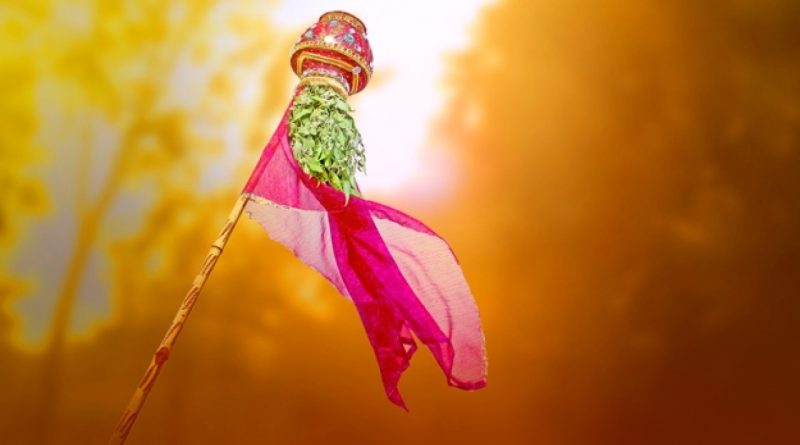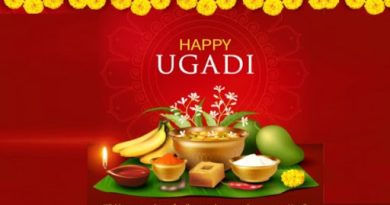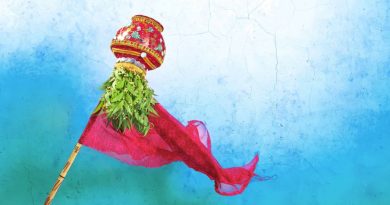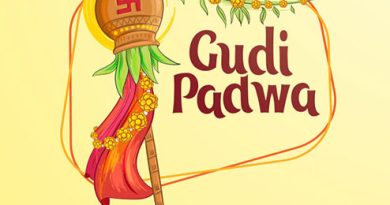Gudi Padwa 2020 – Significance and Rituals
Gudi Padwa or ‘Chaitra Shukla Pratipada’, is a festival celebrated more commonly in Maharashtra by the Hindus. It falls on the first day of the Chaitra month, which corresponds to the March/April of the Gregorian calendar. This day is the beginning of the New Year according to the LuniSolar Hindu calendar. It is also the first day of Chaitra Navratri.
This year, Gudi Padwa falls on 18 March, 2018.
It is celebrated as Yugadi in Karnataka, Ugadi in Telangana, Navreh in Kashmir and Cheti Chand by the Sindhi community.
Click on the pic below to buy this GUDI at discounted price

The word ‘Gudi’ refers to flag and ‘Padwa’ to the first day of each fortnight in a Lunar month(Derived from Sanskrit word, Pratipad).
Gudi Padwa has its own significance for the Maharashtrians. The festival heralds spring season and the celebration of the just harvested Rabi crop. Maharashtrians also believe that Lord Brahma created the universe on this day. So, this auspicious day, is celebrated as the beginning of ‘Satyuga’. This Maharashtrian festival is also associated with the victory of their great ruler, Shivaji Maharaj. They believe that on this day, this great king, hoisted his victory flag upon the Maratha territory and celebrated it with the festival of Gudi Padwa. Since then, this ritual is followed by every Marathi household.
Rituals and ceremonies
Spring cleaning of the house starts a few days before the festival. A rangoli is made in front of the main entrance and the doorway is decorated with a ‘Toran’ made with fresh new mango leaves.
On the day of Gudi Padwa, devotees wear new clothes after an oil bath and first worship Lord Brahma.Then a doll(Gudi) is made with the help of a bamboo stick, mango and neem leaves. A face is made at one end of the stick with the help of an inverted copper or silver pot. It is draped with a red or green silk brocade cloth. The green, red or yellow colours symbolise fertility and well-being. This figure is then garlanded with red flowers.
This ‘Gudi’ is either placed inside the house or outside a window or door to invoke Lord Vishnu to shower his blessings upon the family.
The first thing that is put in the mouth on this day is either few leaves of neem or a paste(called Bevu-Bella) that is prepared by using neem leaves, jaggery and tamarind. It is believed that eating this at the beginning of the new season, will purify blood and strengthen the body’s immune system. It is also to remind oneself, that life is a mixture of both good and bad.
The day is considered auspicious for buying anything new, specially gold or a new vehicle.
Feast
It is customary to make the traditional Maharashtrian dishes like ‘Puranpoli’, ‘puri’ and ‘Shrikhand’, on this day. The whole family gets together to roll out the Puranpolis, which is a flatbread stuffed with a mixture of chickpeas and jaggery. The puri is served with shrikhand and a spicy dish made with potatoes. Some Maharashtrians, also prepare ‘Sakkar Bhaat’, which is a sweet, rice dish.
Many families make the Maharashtrian delicacy, Modak (flour dumplings, filled with coconut and either fried or steamed).




